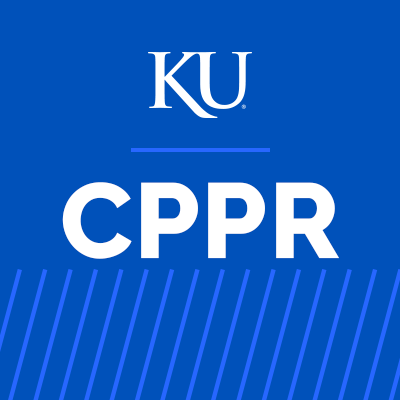Welcome to the Child Care Planning Assessment Tool developed through The Opportunity Project. We invite you to explore this beta version, view our submission presentation, and share feedback to help inform how the tool evolves. For example, would you like to see cost-related scenarios for adding child care to your business recruitment tactics? How to use existing physical assets? Every community is unique and we appreciate your willingness to share your needs.
We want to thank Child Care Aware-KS for their collaboration and continued thought leadership in developing supply-demand tools that better help us understand desired capacity. Should your community be ready to dive deeper into local solutions, we encourage you to use both resources from this site and the CCA-KS Point-in-Time tool and reach out to the CCA-KS team for facilitated conversations and planning support.
A New Model for Community Growth
Let’s reimagine economic development
Recruit more families, business, and entrepreneurs. Strengthen schools. Retain homegrown talent.
An investment in affordable and accessible child care options is critical to all these aims.
Why?
The Child Care Crisis in the United States is real.
And the impact affects all industries.
It’s a supply/demand problem. There are simply not enough licensed child care “slots”, or seats, for families to access care.

Families
…cannot find child care or, if they DO find it, they can’t afford it.
Providers
Employers
…are left scrambling to fill positions when caregivers can’t work.

Child Care Crisis in the U.S.
Parents and caregivers all over the US are in need of affordable, accessible child care to secure and retain consistent employment, and the COVID-19 pandemic exacerbated this need. While an unprecedented amount of COVID-19 relief funding flowed into states, counties, and cities – the proportion devoted to the child care industry was insufficient to stem the tide of closures in an industry with the thinnest of survival margins. This is evident in the slow (and in some states – stalled) economic recovery shown by labor participation rates. Women are disproportionately impacted as nationwide, far fewer women have returned to the workforce than their male counterparts. This can be directly attributed to a dwindling and poorly-resourced child care industry.
Click on and explore the visuals below to see these connections between the demand for child care, COVID-19 investments, and the labor participation rates by state.

All Hands On Deck
What can we do about this crisis?
First, understand your local child care “gap” – the number of child care slots you need to support families and employers in your community. If you’re a Kansan, click on your county below to find your number.
Then, use the slider tool below to understand the level of investment your employers and families need. We are all early childhood stakeholders, and we all have a role to play in ensuring quality care for all children. Investments in child care slots could be paid for by a combination of community-specific solutions, including private and philanthropic funds, tax policies and government investments, and public-private partnerships with local businesses. These tools and data empower you to reinvent what economic development looks like in creative ways…to create thriving communities for all.
Build this target into your economic development strategies and set your community to thrive now, and into the future.
Child Care Supply and Demand
How Big is the Gap
in Your Community?
How Much Will New Slots Cost?
Types of Slots
Total Cost of Slots (per month)
The calculator above shows the average total costs per month for a child in licensed care in Kansas. This cost can be covered by multiple funding sources, including private and philanthropic funds, tax policies and government investments and public-private partnerships with local businesses.
Each child care business is unique. Please also consider additional infrastructure and overhead costs for starting or growing a child care business, which may include building acquisition and maintenance, licensing and background check fees, professional development and program supplies.
Center-based
Infant/toddler child care
- Operate in stand-alone or shared commercial spaces
- Lower staff to child ratios
- High need area in many communities
Center-based
Preschool age child care
- Operate in stand-alone or shared commercial spaces
- Higher start-up and operational costs
- Can serve higher numbers of children
Home-based
Child care
- Operate in residential spaces
- Typically lower start-up costs
- Smaller group sizes and less personnel
We’d love hear about your experience!
This tool was recently developed as part of The Opportunity Project by the University of Kansas Center for Public Partnerships and Research.
Are you interested in learning more about addressing child care in your community? Please contact Sara Gardner, sgardner10@ku.edu, or Meghan Kluth, mkluth@ku.edu, with questions.
Calculator Roadmap
Child Care Planning

2021 Q4

Integrate additional Kansas child care demand data



2022 Q1




2022 Q2



